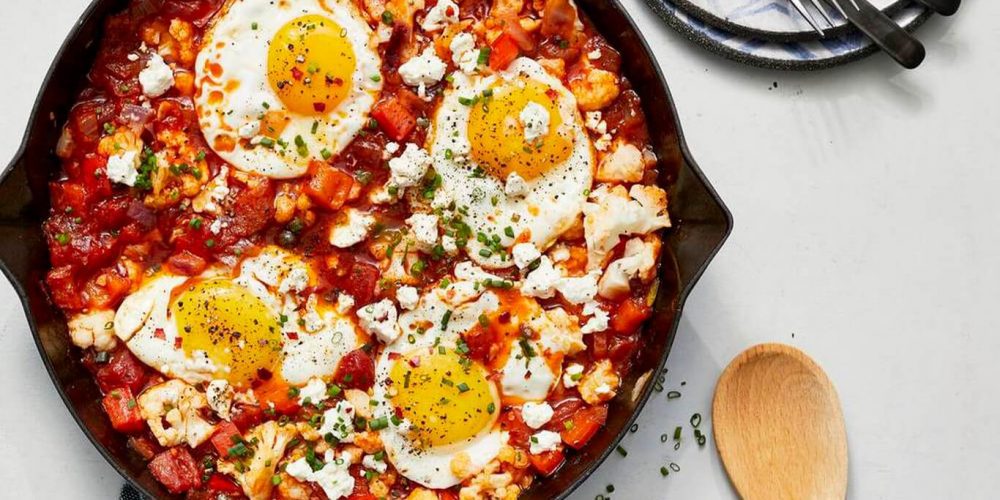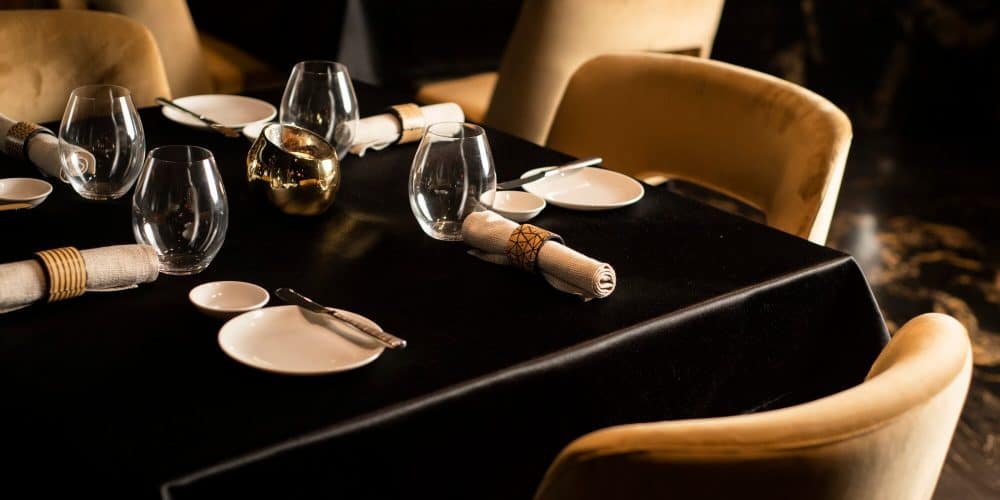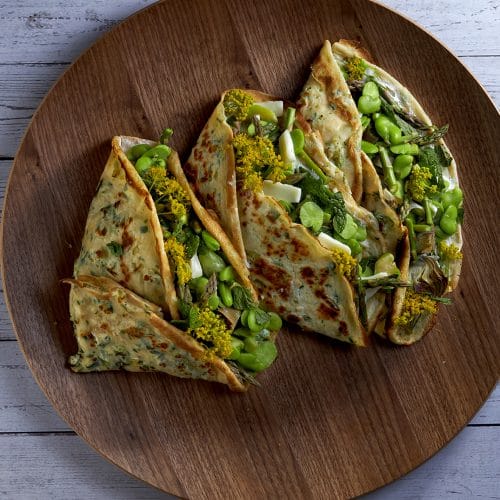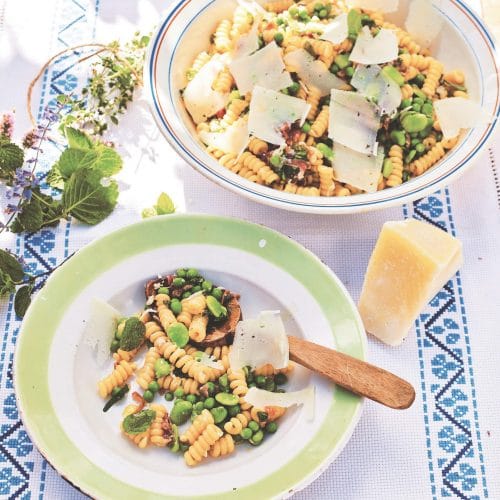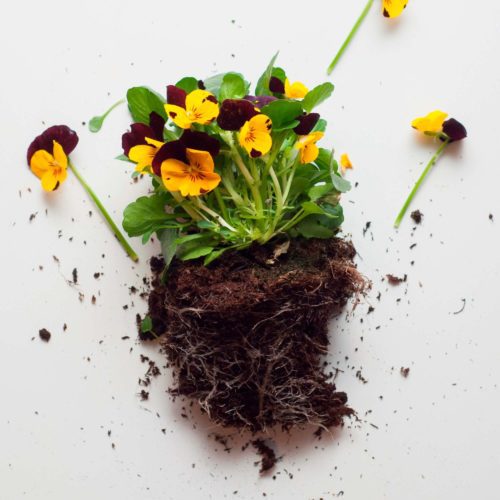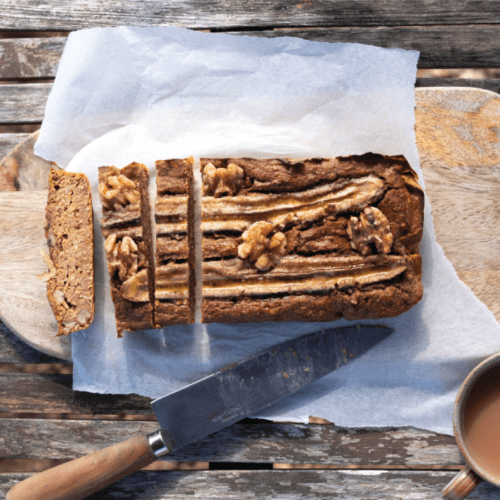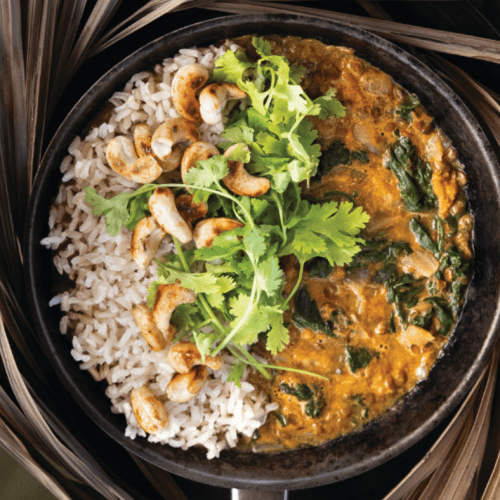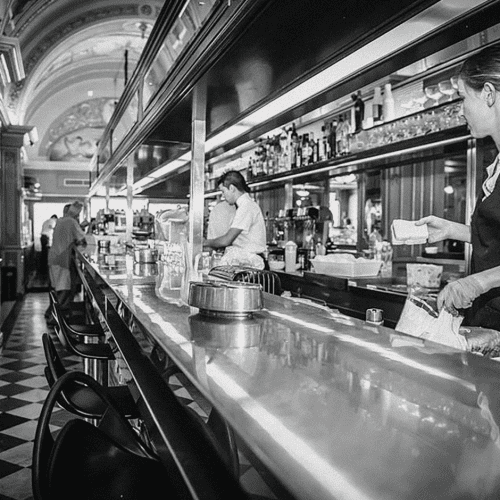



Wine and history.
The story of Cincinnato begins in the ancient town of Cori, set in olive groves and vineyards, about 50 km south of Rome. As with many other towns and cities, its history often overlaps with myth and it is believed that its origins date back to the first millennium BCE, when the Trojan Dardanus, escaping with Aeneas after the destruction of Troy, founded Cori and named it Corace D’Argo.
Every era has left important testimonies, now nestling in the Medieval lanes. From the acropolis which reveals the remains of the so-called Temple of Hercules, to the round towers of the Roman defensive wall, then the entrancing beauty of the Temple of Castor and Pollux. The former is in the Corinthian style, dating back to the early first century BCE; the latter, in the Doric style, can probably be dated 100–89 BCE.
In 1947, several farmers in the town of Cori came together to found Cincinnato, with the aim of promoting and marketing member products as well as promoting local agriculture and the prosperity of the entire community. The name “Cincinnato” was chosen in honour of the Roman politician, Lucius Quinctius Cincinnatus, who lived in the fifth century.
At the time of its foundation the cooperative was already providing important assistance to members for agricultural improvement and plant health protection. At the end of the Sixties, the cooperative acted to support the typicity of local winegrowing, bringing Cori Rosso and Cori Bianco wines DOC certification in 1971. A state-of-the-art cellar was built in 1979.
Over the years the cooperative has always managed to deal with the shifting conditions affecting the local winegrowing process, thus safeguarding its leadership in the field of local grape processing. Today, it is a modern winery with a legacy built on 70 years of history, 550 hectares of land, 130 grower families, who pretty much make up the entire rural community of Cori.
The ethos
The Cincinnato ethos is deeply conscious of the importance of typicity and biodiversity, and is a fast gaining well deserved international recognition. It has always been committed to reaping the results of unrelenting hard toil to recover and promote the native varieties of Nero Buono and Bellone. For the past twenty years important resources, both economic and human, have been devoted to a complex quality project aimed at improving the product and upgrading the cellar to obtain excellent wines starting from a selection of the estates, vineyards and grapes of the cooperative members. Meticulously defined vineyard procedures, a harvesting calendar, and scrupulous vinification processes are also followed.
The winery
The winery occupies an indoor area of 5,000 square metres and can accommodate a capacity of 100,000 hectolitres, stored in numerous stainless-steel tanks. It avails itself of leading-edge winemaking technologies to preserve and enhance the quality of grapes, with harvest taking place early in the morning at the appropriate stage of ripeness. The clusters are taken to the cellar in small tubs where quality is assessed and the winemaking begins. The grapes are crushed and pressed gently so as to maintain quality. Must is fermented at a temperature of 18 °C in tanks fitted with cooling pockets.
Red grapes are processed in seven 500-hectolitre fermenters with outer sheathing for temperature control. Cooling is achieved with a brand-new refrigeration plant of 1,000,000 negative kilo-calories. The production area is installed with top technologies for wine clarification and filtration. The finished wine is bottled using a small, up-to-date system running at 3,000 bottles/hour.
Visitors are made very welcome and comfortable in the finely restored nineteenth-century farmhouse, nestled among the vines, with views over the Circeo promontory, and includes a stylish modern barrel cellar. This delightful environment is made complete with the delicious meals created by the chef to show off the estate wines to their very best and using only products offered by cooperative members or purchased daily at the local market. Its scenic country setting and elegant style make it perfect for ceremonies, conferences, and corporate meetings. Find out more on www.cincinnato.it
Cincinnato in numbers
70 Years in the business
100 Entirely organic hectares
550 Hectares of land
130 Families
1.531.823 Kwh of GREEN energy generated
530.00 Kg CO2 saved
16 Destination countries for Cincinnato exports
900.000 Corks used on average


